As most marketers know there are a ton of crucial points when building a landing page, the most important being the coveted call to action. Whether your CTA’s are a button or hyperlink, they can single-handedly convert users into buyers with just a few words.
So if call to action are so important, why do people constantly overlook them and use boring placeholders like “Submit”, “Click Here’, and “Learn More”?
Most likely because they took the easy way out, rather than breaching the surface to discover a better way.
Don’t use unambiguous text that will make your content irrelevant, and isn’t descriptive enough to grab your user’s attention. You need to be more creative when trying to get your customers to take the next step.
By applying a few of these click-boosting techniques, you could boost your call-to-action conversions to as much as 90%.
CTA Idea #1: Write From the First Person
I recently learned a cool CTA tip when CopyHackers challenged us to write call to actions in the first person. You see, a first-person perspective appeals directly to the reader because you’re talking for the user instead of at them.
So next time you’re writing your CTA, follow the rule of thumb by completing this sentence: “I want to _______.”
This may feel uncomfortable at first, but check out the data from Michael Aagard of Content Verve where he shared two tests and saw insane results.
When comparing two different campaigns, he noticed that CTA buttons where the word “your” was replaced with “my” saw a 90% increase in clicks. Not too shabby for a simple word change.
Also Read:- How To Balance Usability With SEO?
CTA Idea #2: Respect the Funnel
As your user moves through the sales funnel, it’s important for the CTA to change along the way.
Create a call to action that reflects the point in the funnel your lead is currently sitting at. You have to strike your user while their interest is at its peak. But ask for too much too soon, and you could lose the prospect.
Here’s a mistake I see a lot of companies make.
They have the same CTA in every sidebar of their website, and they get right to the punch without any sort of warm-up first. Typically a lead would want to be more educated on what they need WAY before they would ever think of getting a consultation.
When writing your website copy, put yourself in your user’s shoes and tailor your call to action to match their intention. Always come from a place of assistance, rather than parrot the same message over and over again until they click.
CTA Idea #3: Boost with Click Triggers
Click triggers is a term coined by CopyHackers that represents the extra boosts you can put around your call to action to convince more people to click on it. There are a ton of ways to trigger a click, you just have help eliminate concerns by boosting trust.
Some click triggers can include:
A testimonial, review, or tweet
A data point
Star ratings
Guarantees
Free or two-way shipping messaging
Payment-option messaging and/or icons
Security messaging and/or icons
Privacy messaging
Risk-minimizing messaging (e.g., a snippet about what happens after clicking)
Your value proposition
Here are a few tests done for FriendBuy.com where they used different click triggers to help entice clicks. You have to do more then add content around your CTA—explore which click-triggers will work best for your specific users.
First up we have a simple text rich call to action with no click triggers around it as our control.
Also Read:- 16 Free Tools For Responsive Web Design Testing
CTA Idea #4: Above the Fold Isn’t Always Better
When creating your call to actions, location is an important factor. So, it’s important that you take the time to test your CTA everywhere that makes sense.
Neil Patel tested his call to action and found that placement had a big impact on his consultation button’s conversion rate.
Surprisingly enough, when he tried adding his CTA above the fold, it didn’t perform as well as when he placed it right below.
Through experimentation, he found that people needed more info before clicking to go anywhere else. Having his call to action above the fold had actually decreased his conversions by 17%.
So don’t assume that above the fold placement will always boost your conversion rate. Make sure visitors know what they are getting into before you present them with a call to action.
Also Read:- How to Make Your Blog Look Professional
CTA Idea #5: Only One Call to Action Per Page
Most people like options, but not when it comes to landing pages.
Don’t confuse your user by asking them to do a ton of stuff right when they land. That can be frustrating, which could lead to them bouncing off your site altogether.
It’s always best to focus on just one call to action per page, but that doesn’t mean you can’t repeat that same call to action multiple times.
Nowadays pages are just getting longer, to the point where we are used to scrolling down a few times to get the info we want. So it’s perfectly normal and expected for you to include a CTA towards the top, middle and the bottom of your page.
By giving his users several opportunities to sign up, he saw an increase in conversions and a lower bounce rate. He educated his audience AND made his book easily accessible.
These ideas are simple and insanely easy to test. But what other kinds of tactics are you using to boost your conversions? Share your ideas with us.
Also Read:- How to Improve Your Conversion Rate with a Great UX
Conclusion
Finally, developing a compelling call to action is critical for any marketing strategy. You may increase the success of your campaign by utilising attention-grabbing language, offering incentives, generating a feeling of urgency, personalising your message, and making it simple for people to take action.
Experiment with these 5 clickworthy call to action ideas to determine what works best for your audience, and remember to test and tweak on a regular basis for the greatest results.
By incorporating these strategies, you can transform your campaign from an ad into a conversion machine that drives results for your company.



















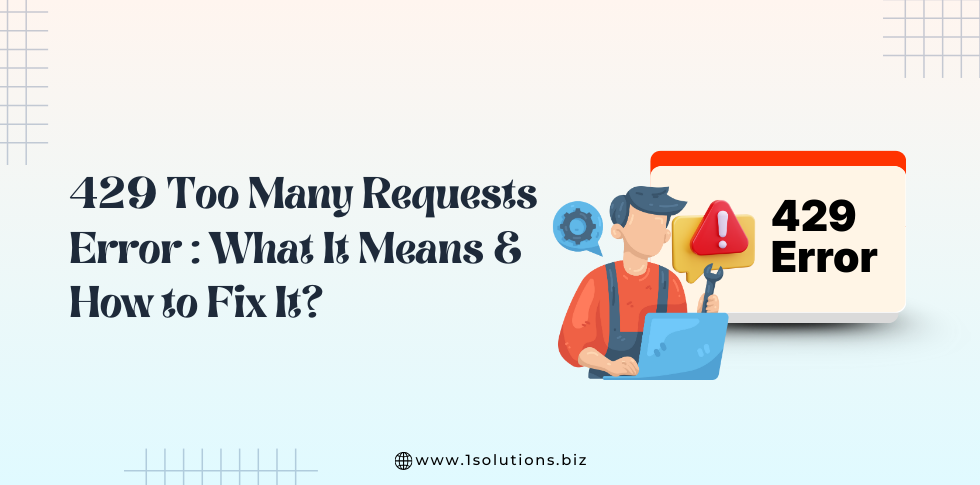
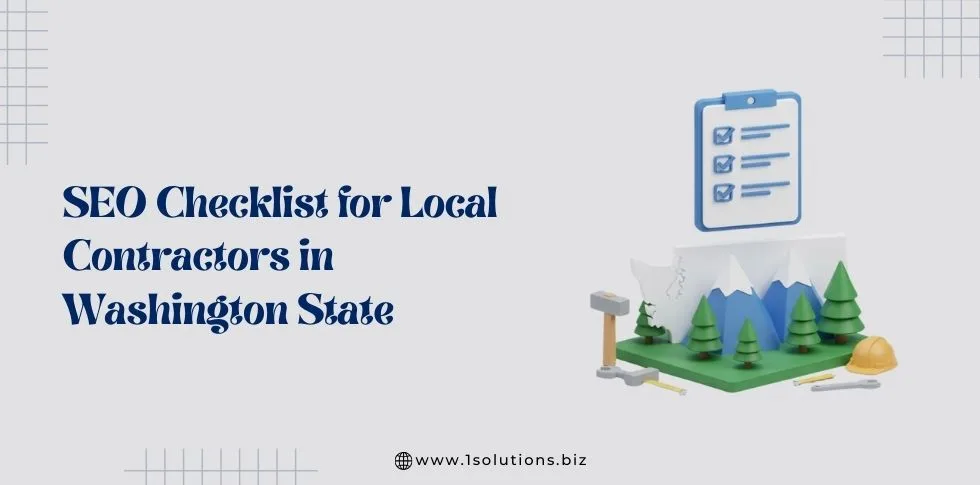
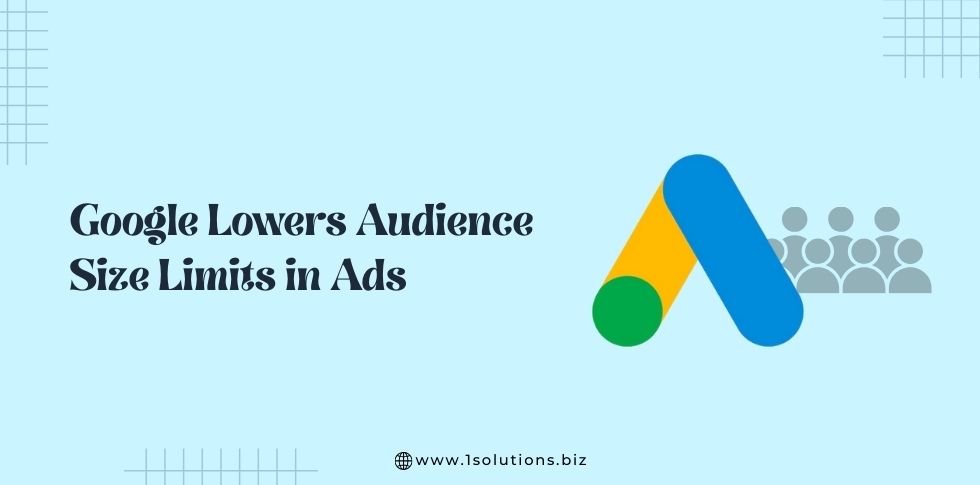


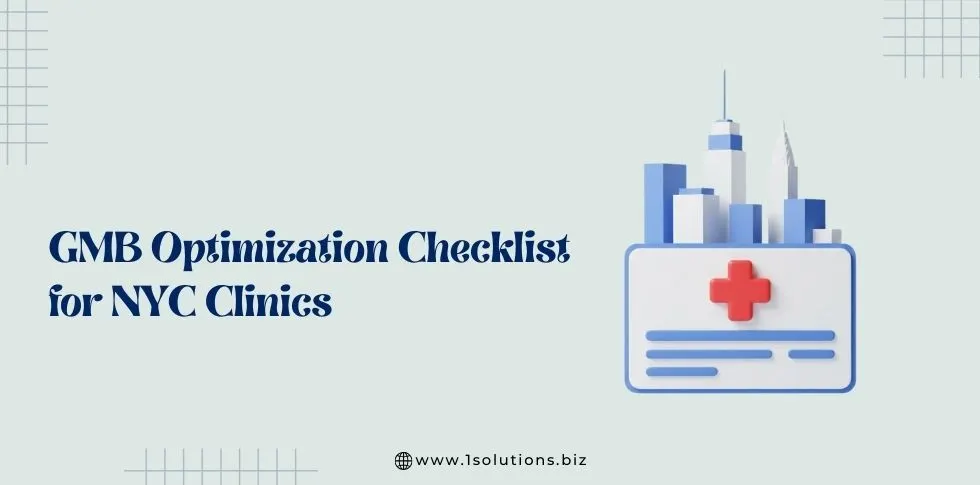
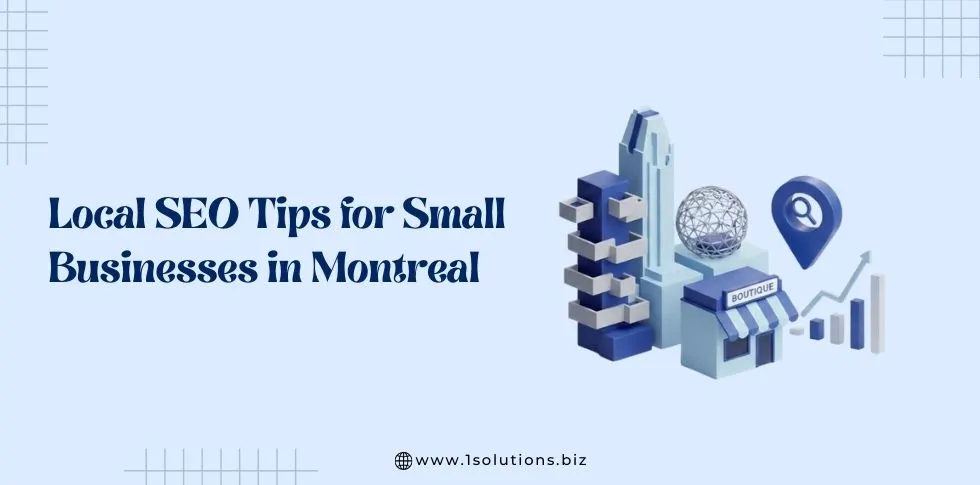
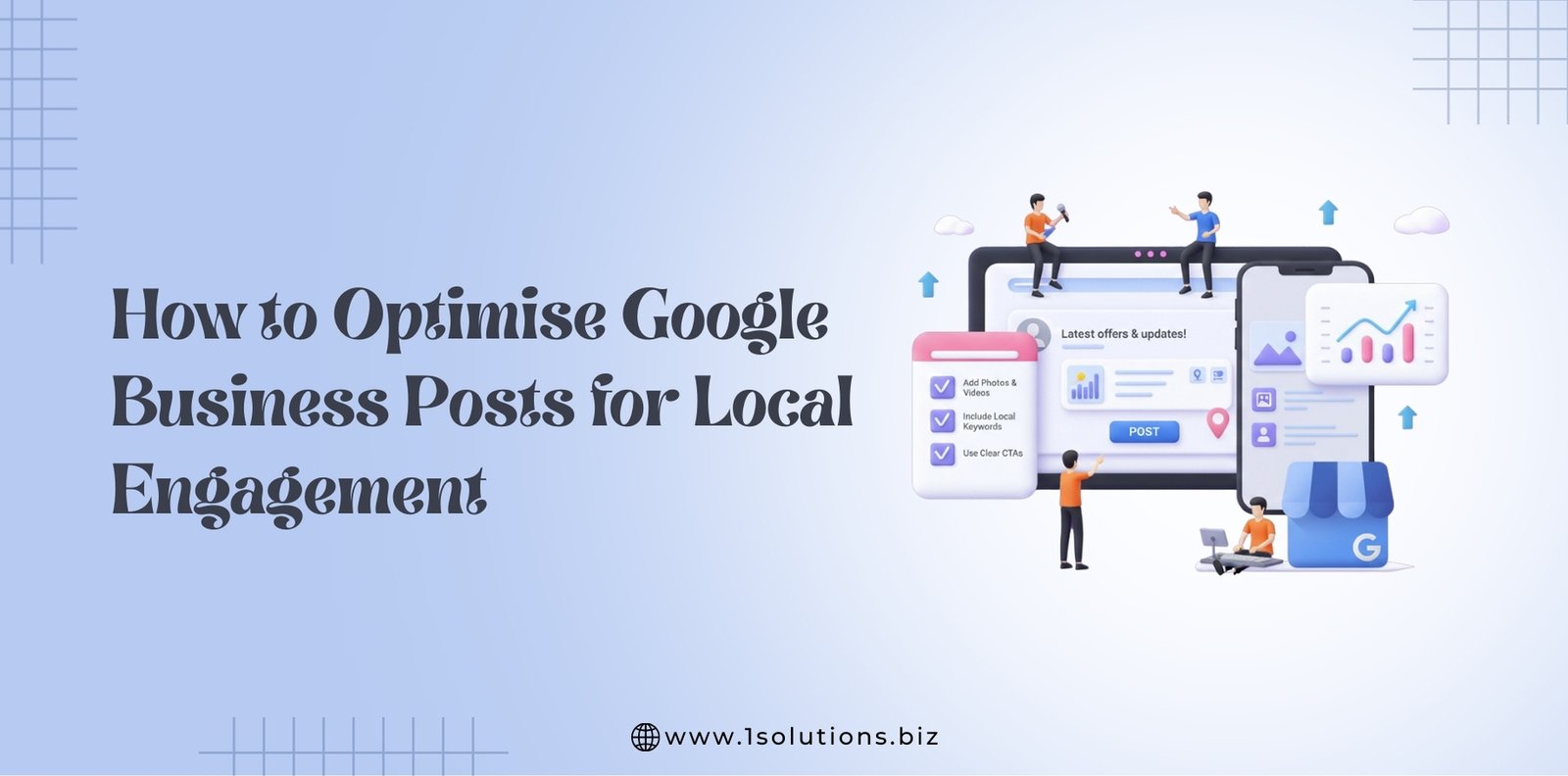
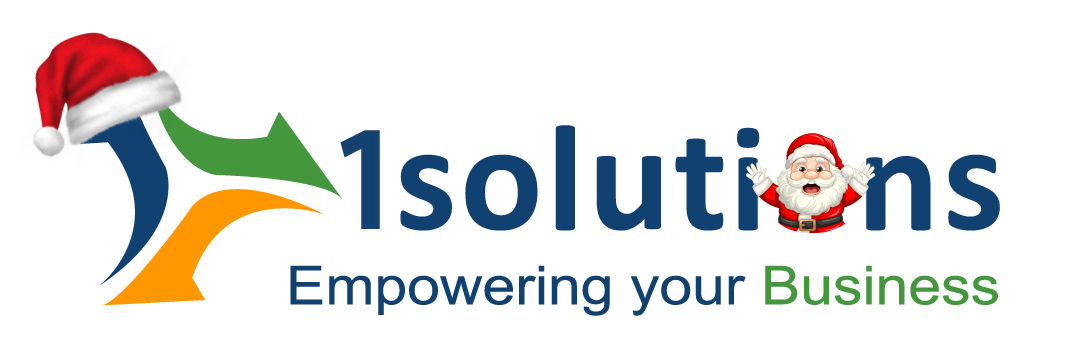



 in India
in India